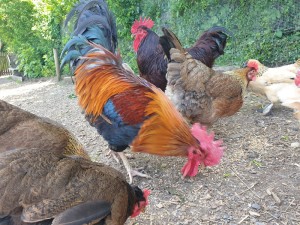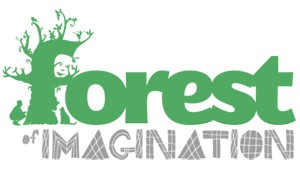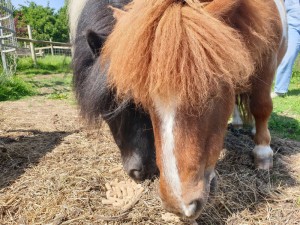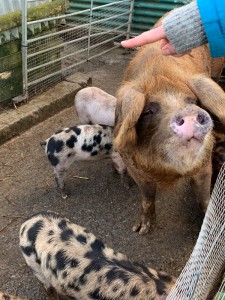WryWords Workshop – Jo Backhouse – Week Two
29 May 2020
Jo Backhouse is a writer, artist and workshop-practitioner and has run workshops with Key Stage 3 students in Somerset for several years. She explains: “My aim is always to put the joy (often lost in the transition from primary to secondary education) back into writing. I start, almost always, with a blank page. From there we can see words as friendly tools, something to gather, sort out, substitute, rearrange, thinking about sounds and patterns. If children start by putting down their own words, they see that sound devices (rhythm, rhyme, alliteration, assonance) or use of imagery (metaphors, similes, sensory imagery, personification etc) are something they can conjure from inside themselves. Thereafter, it becomes easier for them to recognise their function and value in works of literature.”
Jo has designed a series of poetry workshops for our Virtual Forest of Imagination 2020…find the three workshops here, she also explains the workshops poetry workshops below. Please join in and share your poems, haiku’s and shape poems with us online on Twitter, Instagram and/or Facebook. 
The workshop for 4-7 year olds focuses on the shapes of animals. A Shape Poem is, in the most basic sense, a group of words given particular intensity by the choices and decisions of the writer. A very young writer might choose to write only one word – the sound made by each animal – in the animal templates. ‘Oink, Baaa, Moo, Meheh, Cluck, Quack.’ Rearrange the order and the poem sounds very different. Double or triple some of the sounds and the writer suddenly has a recognisable rhythm:
‘Baaa Baaa Moo Moo
Oink Cluck Quack
Meheh Meheh Moo Moo
Oink Cluck Quack.’
(Sing to the tune of ‘Twinkle twinkle little star.’)
The animal shapes allow for more advanced writers to do more sophisticated things. To fit a piece of writing inside the boundary of an animal’s body is itself a challenge to the imagination. Poets use line breaks to affect the way a poem is read, to lend intensity to certain words, to pause and surprise. Fluctuations in the space available invite the poet to put words down with a visual sense. They don’t have to sit on a ruled line. They can fill the shape, or follow its outline. In this way, the poem exists as a series of sounds, a written record and a concrete visual image.
Animal Haiku Poety 7-11yrs KS1&2
Haiku offers 7 – 11 year olds a different kind of boundary. Traditionally Haiku was written as a celebration of nature so it seemed the perfect fit for Forest of the Imagination. The challenge of its short, tight structure allows for experimentation. It appears simple, but this can be deceptive. The poet must think about sound and rhythm as they count syllables. The focus is on a brief moment, on colourful, alluring images. With only 17 syllables, words become an expensive commodity. You can only afford to use the best ones – the ones that will express your idea with precision and clarity. The 5 – 7 – 5 syllable structure is not an unbreakable rule. Most modern poets don’t stick to it. But if you can manage to express your ideas, and squeeze them into the prescribed 17 syllables, you do get a strong buzz of satisfaction! In this workshop, I have shared the wonderful examples of poet Will Harper-Penrose – 26 perfect haikus, one for each letter of the alphabet, based on the wild animals of his south London home.
Bee Business Poetry 11-16yrs KS2&3
The 11 – 16 workshop invites young poets to look closely at the work of bees. The hives at Bath City Farm are hidden in a secluded corner, behind a green house, and the world within the hive is invisible, other than at the narrow slot near the base where the bees move in and out. If you sit and watch bees for long enough, you notice the particular challenges presented by different flowers as they go about gathering nectar. Campanula’s narrow shape forces them to squeeze down inside the bell. They grip tight to the fragile petals of small geraniums. They fall off and buzz with irritation. Larger purple geranium flowers present a rigid stamen, around which the bee turns circles. Allium provides a surface of stepping-stones between sharp spikes of pollen. Thyme’s tiny flowers require pinpoint stillness. The longer you watch them, the more you realise how complicated and challenging their job is. For anyone without access to bees, I have provided short films on the website and there are many others online although, of course, they’re no substitute for meeting Bath City Farm’s resident bees. The workshop provides a loose framework, using any poetic structure or none. It encourages young writers to imagine themselves inside the body of a bee, to see, hear, feel, taste and smell the world through a new paradigm.


